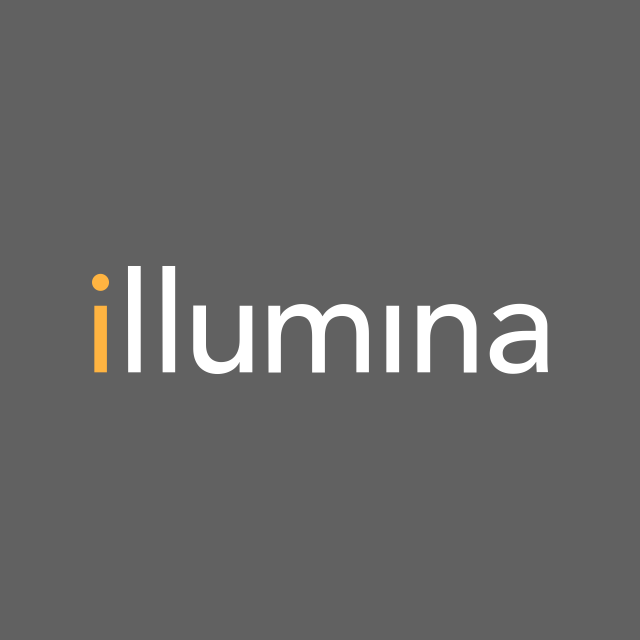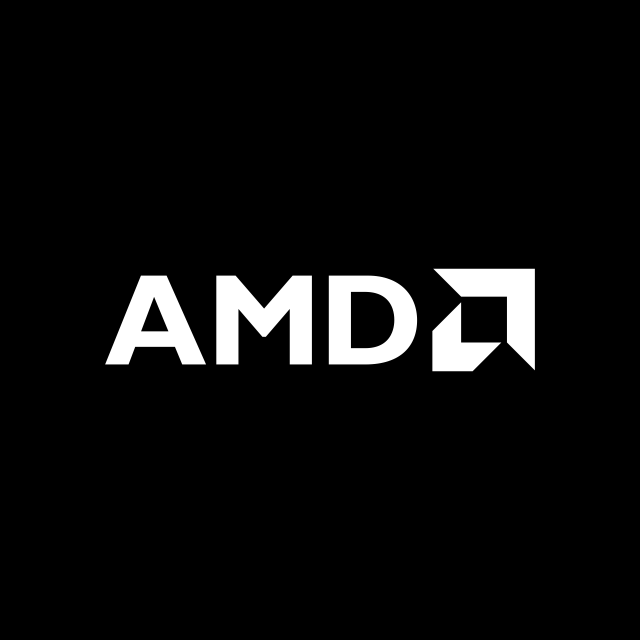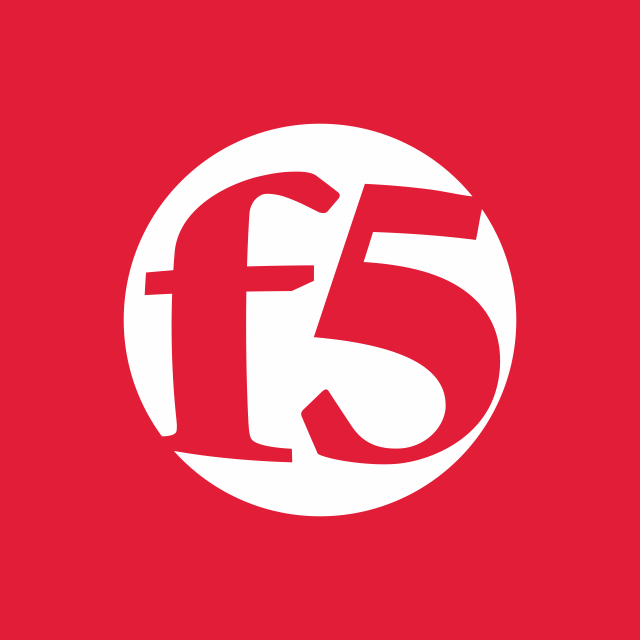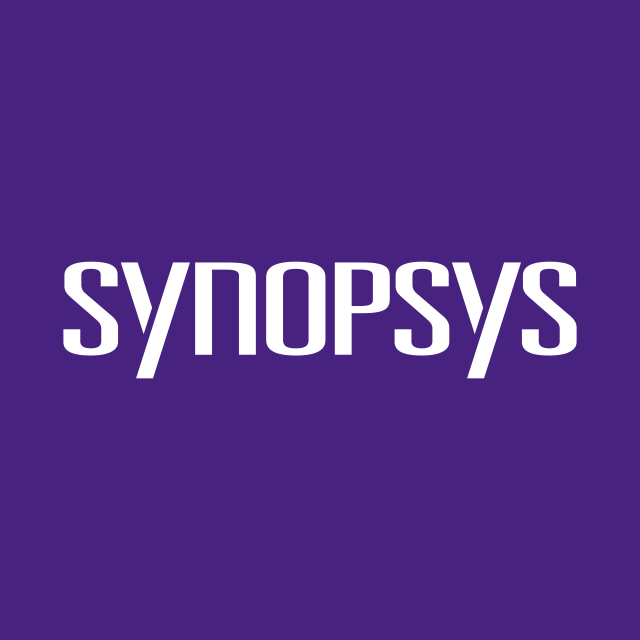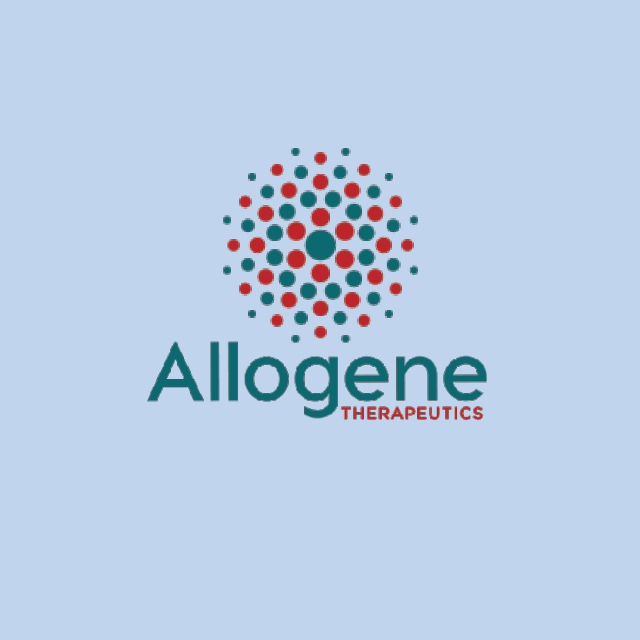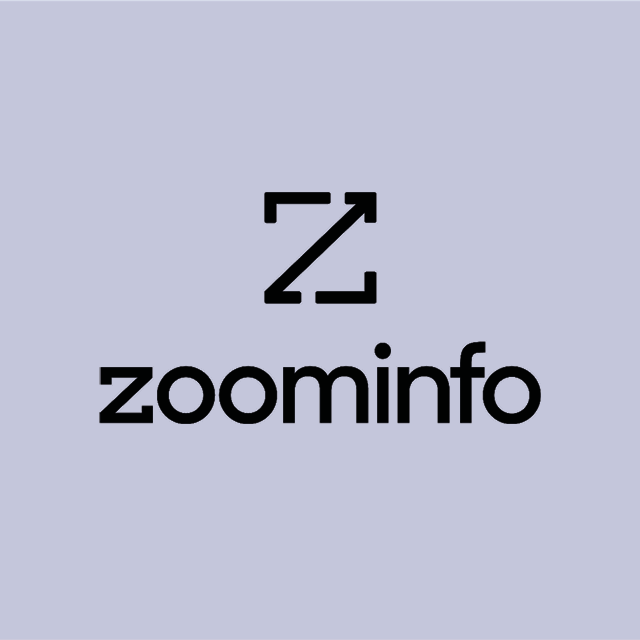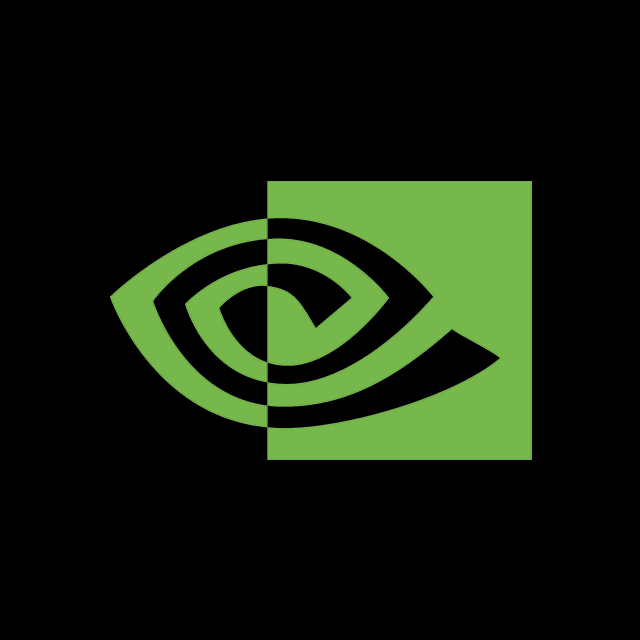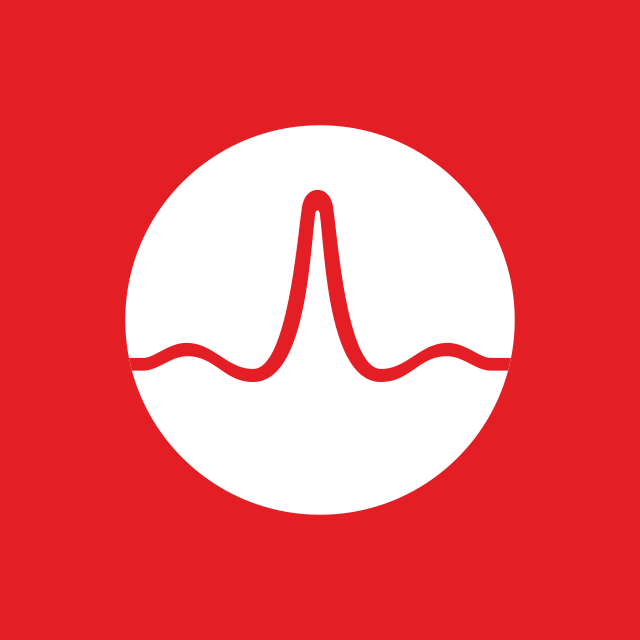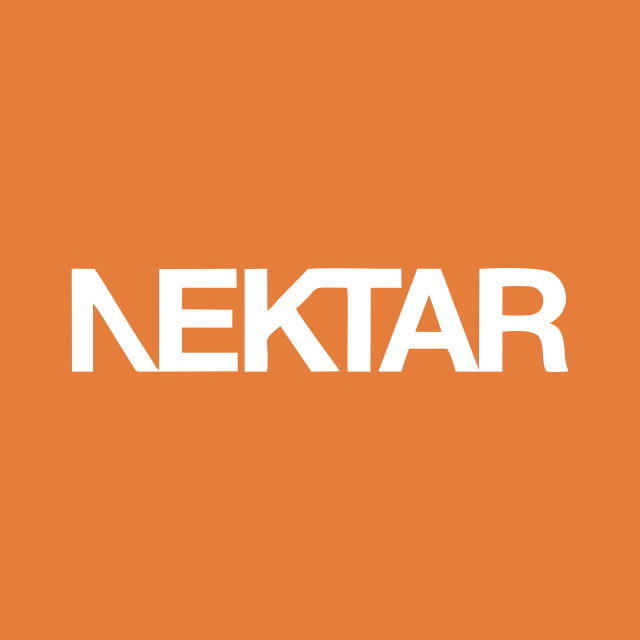Summary of Company Analysis Shift Technologies, Inc.
Capitalization = 0.0207, Grade = 1/10
Revenue = 0.6708, Grade = 3/10
EBITDA margin, % = -26.36, Grade = 0/10
Net margin, % = -25.65, Grade = 0/10
ROA, % = -56.06, Grade = 0/10
ROE, % = -2221.9, Grade = 0/10
P/E = N/A, Grade = 0/10
P/S = 0.0185, Grade = 10/10
P/BV = -0.208, Grade = 0/10
Debt/EBITDA = -1.39, Grade = 10/10
Summary:
EBITDA margin below the average, judging by the multipliers it is estimated fair and interesting to buy.
Earnings per share (133.06%) and EBITDA yield (162.66%) are located on high level, and it’s worth taking a closer look at the purchase.
Efficiency (ROE=-2221.9%) are located on low level, the company is not efficient enough.
All company characteristics ⇨
Pay for your subscription
More functionality and data for company and portfolio analysis is available by subscription
Dividend payment stability index
DSI - (Dividend Stability Index, DSI7), Dividend payment stability index
DSI = (Yc + Gc) / 14
Yc – number of consecutive years out of the last seven years in which dividends were paid;
Gc - number of consecutive years out of the last seven years in which the dividend amount was not lower than the previous year.
Yc = 0
Gc = 0
DSI = 0
Stability index share price increase
SSI - (Stock Stability Index, SSI7) Stability index share price increase
SSI = Yc / 7
Yc – number of consecutive years out of the last seven years in which the stock price was higher than the previous year.
Yc = 1
SSI = 0.14
Warren Buffett Valuation

1. Stable profit, Value = 0% > 0
If growth over 5 years / growth over last 12 months > 0
2. Good debt coverage, Value = 0 < 3
When will the company be able to pay off the debt within 3 years
3. High return on capital, Value = 0% > 15
If the average ROE > 15% over the last 5 years
4. High return on investment capital, Value = 0% > 12
If average ROIC > 12% over the last 5 years
5. Positive free cash flow, Value = -0.13 > 0
Positive FCF in the last 12 months
6. Are there any share buybacks?, Value = yes
If the number of shares today < number of shares 5 years ago
Benjamin Graham score

1. Adequate company size, Grade = 3/10 (0.6708, LTM)
2. Stable financial position (current assets/current liabilities), Grade = 10/10 ( LTM)
Current assets must be at least twice the current liabilities
3. Stable profit, Grade = 0/10
The company must not have incurred losses over the past 10 years
4. Dividend history, Grade = 0/10
The company must pay dividends for at least 20 years
5. Earnings growth (earnings per share), Value = 133.06%
The company's earnings per share must have increased by at least 1/3 over the last 10 years.
5.5. Share price growth, Value = -7035.71%
The share price, as an indicator of the company's profit growth, should increase by at least 1/3 over the last 10 years
5.6. Dividend growth, Value = 0%
Dividend payments, as an indicator of company profit growth, should increase by at least 1/3 over the last 10 years
6. Optimal price/earnings ratio, Grade = 0/10 ( LTM)
The current share price should not exceed the average earnings for the last three years by more than 15 times
7. The optimal value of the price/book value ratio, Grade = 0/10 ( LTM)
The current share price should not exceed its book value by more than 1.5 times
Score by Peter Lynch

1. Current assets exceed last year's = 0.1784 > 0
Comparison of assets for the last 2 years. If the last year exceeds the previous one, this is a good sign
2. Debt reduction = 0.2463 < 0
Reducing debt over recent years is a good sign
3. Excess cash debt = 0.0962 > 0.2463
If cash exceeds debt load, this is a good sign, which means the company is not at risk of bankruptcy.
4. Are there any share buybacks? = no
If the number of shares today < number of shares 5 years ago
5. Increased earnings per share = -19.91 > 0
Increased earnings per share compared to the previous year. This means efficiency is increasing, and this is a good sign.
6. Valuation of P/E and EPS versus price = 0 < 0.14
If the P/E and earnings per share are less than the share price, then the share is undervalued (see “The Peter Lynch Method,” page 182)
Dividend strategy
1. Current dividend = 0 $.
1.5. Dividend yield = 0% , Grade = 0/10
2. Number of years of dividend growth = 0 , Grade = 0/10
2.1. Number of recent years when the dividend percentage increased = 0
2.2. Number of years of dividend payment = 0
3. DSI = 0 , Grade = 0/10
4. Average dividend growth = 0% , Grade = 0/10
5. Average percentage for 5 years = 0% , Grade = 0/10
6. Average percentage for payments = 0% , Grade = 0/10
7. Difference with sector = 0.6778, Industry average = -0.6778% , Grade = 0/10
Beta coefficient
β > 1 – the profitability (as well as volatility) of such securities is very sensitive to market changes. Such assets are more exposed to risk, but potentially more profitable. In general, such securities can be called aggressive;
β = 1 – the profitability of such a security will change equally with the profitability of the market (stock index);
0 < β < 1 – with such a beta, assets are less exposed to market risk and, as a result, less volatile. Such securities have less risk, but are also less profitable in the future;
β = 0 – there is no connection between the security and the market (index) as a whole;
β < 0 – the yield of securities with a negative beta goes in the opposite direction to the market.
β = 0 - in 90 days
β = 0 - in 1 year
β = -1.79 - in 3 years
Altman index 
In 1968, Professor Edward Altman proposed his now classic five-factor model for predicting the likelihood of enterprise bankruptcy. The formula for calculating the integral indicator is as follows:
Z = 1.2*X1 + 1.4*X2 + 3.3*X3 + 0.6*X4 + X5
X1 = Working capital/Assets, X2 = Retained earnings/Assets, X3 = Operating profit/Assets, X4 = Market value of shares/Liabilities, X5 = Revenue/Assets
If Z > 2.9 – zone of financial stability (“green” zone).
If 1.8 < Z <= 2.9 – zone of uncertainty (“gray” zone).
If Z <= 1.8 – financial risk zone (“red” zone).
Altman index, Z = 1.2 * 0.08 + 1.4 * -0.69 + 3.3 * -0.3 + 0.6 * 1.19 + 2.7 = 1.5675
PEG ratio
PEG = 1 - the company's shares have a fair valuation.
PEG < 1 – shares are undervalued.
PEG > 1 - shares may be “overheated”.
PEG < 0 - the company is doing worse.
PEG = P/E / (Growth + Div %)
PEG = 0 / (76.34 + 0) = 0
Graham index
NCAV = -14.98 per share (ncav/market cap = -625%)
Net Current Asset Value, NCAV = Total Current Assets – Total Liabilities
Price = 0.14
undervalued = -0.93%
purchase at 50-70% (price range: -7.49 - -10.49), more than 100% overpriced
Data
NNWC = -21.57 per share (nnwc/market cap = -900%)
Net-net Working Capital (NNWC) = Cash and short-term investments + (Receivables * 75%) + (Inventory * 50%) - Total liabilities
Price = 0.14
undervalued = -0.65%
purchase at 50-70% (price range: -10.79 - -15.1), more than 100% overpriced
Data
Total Liabilities/P = 14.8696
Total Liabilities/P = 0.3078 / 0.0207
The Total Liabilities/P coefficient must be less than 0.1
P/S = 4.94
P/S = Capitalization / Revenue
The P/S ratio should be between 0.3 - 0.5. The closer the multiplier value is to 0.3, the better. Describes the company's sales.
Based on sources: porti.ru









